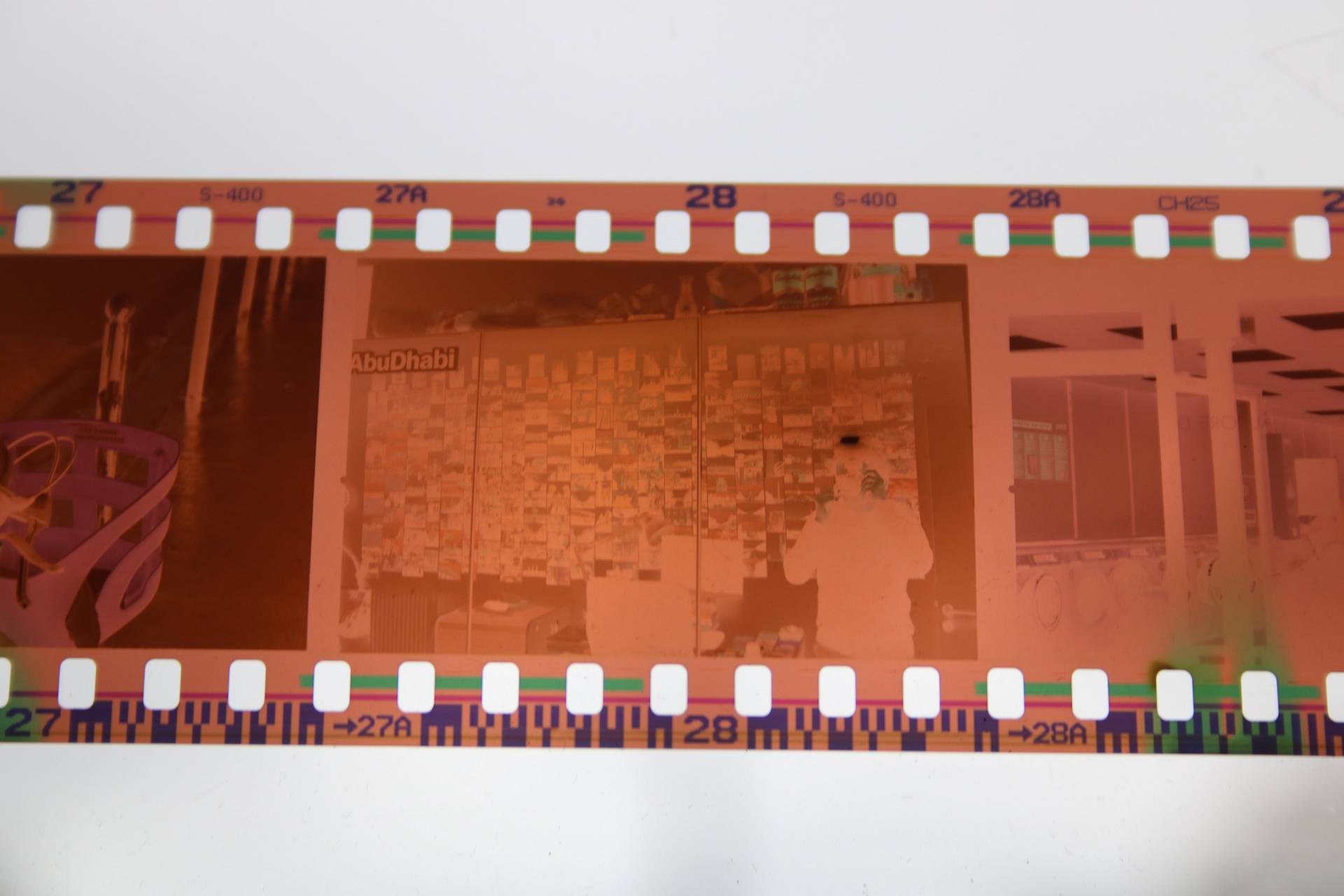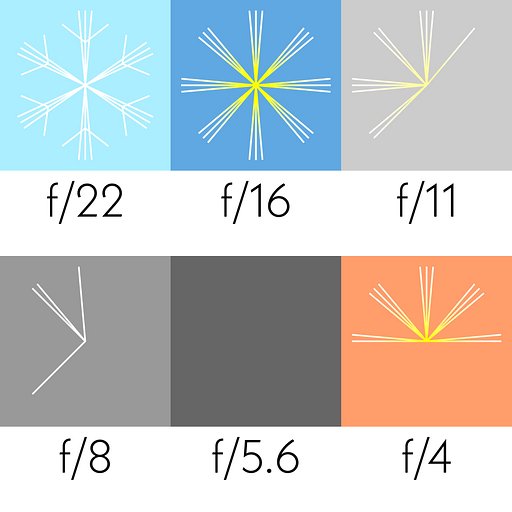What is the difference between analogue and digital?
Analogue and digital formats are, broadly speaking, both ways of storing information, but the information is contained in very different ways. In analogue technology, waves or signals are stored in their original form (such as vinyl where grooves are etched in order to create sound waves on the disk itself.)
However, in digital technology, waves or signals are converted into numbers and stored as code on a digital device such as a hard drive, memory card or computer. Examples of analogue formats include vinyl, cassettes, and of course film photos. Unlike digital formats they do not need to be translated from code by a computer in order to be understood.

Let’s take a closer look specifically at the differences in analogue and digital photography:
Film photography captures images by exposing individual frames on a roll of film to light. Film is made of plastic layers containing silver halide crystals that darken when exposed to light, capturing negatives of images. Film can be developed in a darkroom and using liquid chemicals to create the final print of the photo. This print is a piece of analogue media that can be touched and held in the hands.
Digital photography mimics the process of using light to capture images. But it uses an electronic sensor, rather than film. Digital photographs are stored on our devices, and their resolution is measured in megapixels. Each pixel is converted into a string of 1s and 0s that requires a computer to read them and present them to us as something we recognise as a photograph.
We encourage using analogue, for the character, the film grain, tangible quality and emotions it gives you!
Anything missing?
Can’t find an answer to your question? Or do you have some useful advice to add to one of our courses? We want to build the world’s largest analogue learning space, so please send any further requests or information to school@lomography.com and we’ll take a look!
More Courses
-
What are the different types of film cameras?
From a SLR, to TLR, to rangefinder or point & shoot cameras – find out how these different types of cameras operate.
-
What is the sunny16 rule?
The Sunny 16 Rule is a way to meter for correct exposure during daylight without using the camera’s meter. It is great for photographers who don’t want to get slowed down by metering for every shot or rely too much on their camera’s in-built light meter.
-
What does it mean to overexpose vs underexpose a photo?
Put simply, an overexposed image is one that is brighter than the reality of the scene you’re trying to photograph, while an underexposed image is darker than reality. Overexposure generally means you are giving your film too much light, and with underexposure you have the opposite problem of not enough light.
-
What is parallax error and how can I avoid it?
Parallax error, also known as a viewfinder error, is the shift in the apparent position of your subject due to the difference between what your lens sees and what your viewfinder shows. This can affect a photograph’s composition, framing and depth, but there are easy steps we can take to minimise it from happening.
-
What does exposure compensation mean?
Exposure compensation is a feature that allows you to override the camera’s light meter reading by allowing the photographer to control how dark or how bright a photo will turn out before snapping a photo.
-
Do I have to load film in my camera in the dark?
There’s no need to load film in the dark but going under the shade or subdued lighting are ideal conditions when loading film.
-
What is the difference between a full-frame and half-frame camera?
Full-frame film cameras create an image across the entire 36 mm by 24 mm frame. Whereas half-frame cameras can fit two images onto one frame and each image measures 18 mm by 24 mm.
-
How many photos can you take on a 35 mm film?
A standard roll of 35 mm film allows you to take 36 photos. However certain film stocks only allow 24 photos to be taken. The number of exposures is indicated on the outside of the box of film.
-
What does bokeh mean?
Coming from the Japanese word “boke-aji” which means the quality of blur, bokeh describes the quality of a photo’s “blurry“ and out-of-focus portion.



